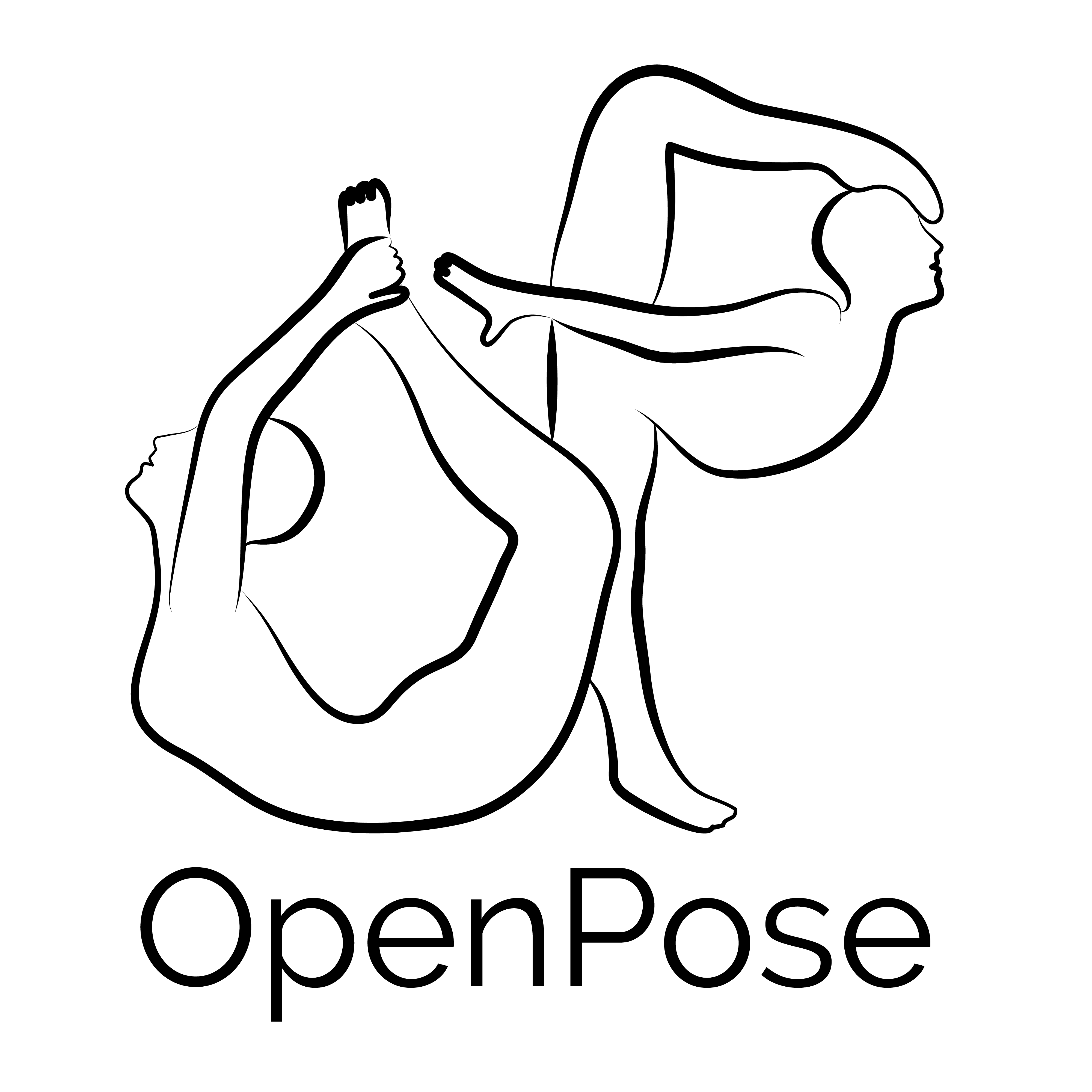Convolutional Pose Machines
Pose Machines provide a sequential prediction framework for learning rich implicit spatial models. In this work we show a systematic design for how convolutional networks can be incorporated into the pose machine framework for learning image features and image-dependent spatial models for the task of pose estimation. The contribution of this paper is to implicitly model long-range dependencies between variables in structured prediction tasks such as articulated pose estimation. We achieve this by designing a sequential architecture composed of convolutional networks that directly operate on belief maps from previous stages, producing increasingly refined estimates for part locations, without the need for explicit graphical model-style inference. Our approach addresses the characteristic difficulty of vanishing gradients during training by providing a natural learning objective function that enforces intermediate supervision, thereby replenishing back-propagated gradients and conditioning the learning procedure. We demonstrate state-of-the-art performance and outperform competing methods on standard benchmarks including the MPII, LSP, and FLIC datasets.
PDF Abstract CVPR 2016 PDF CVPR 2016 AbstractCode
Datasets
| Task | Dataset | Model | Metric Name | Metric Value | Global Rank | Benchmark |
|---|---|---|---|---|---|---|
| Car Pose Estimation | ApolloCar3D | CPM | Detection Rate | 75.4 | # 3 | |
| Pose Estimation | FLIC Elbows | Convolutional Pose Machines | PCK@0.2 | 97.59% | # 2 | |
| Pose Estimation | FLIC Wrists | Convolutional Pose Machines | PCK@0.2 | 95.03% | # 2 | |
| Classification | RSSCN7 | CPM | 1:1 Accuracy | 50 | # 2 |















 MPII
MPII
 JHMDB
JHMDB
 LSP
LSP
 MPII Human Pose
MPII Human Pose
 TotalCapture
TotalCapture
 FLIC
FLIC
 RSSCN7
RSSCN7
 ApolloCar3D
ApolloCar3D
